Stretch Marks In Teenagers: Symptoms & How To Deal With Them
You can opt for exercises, diets, and other remedies to eliminate these stubborn marks.
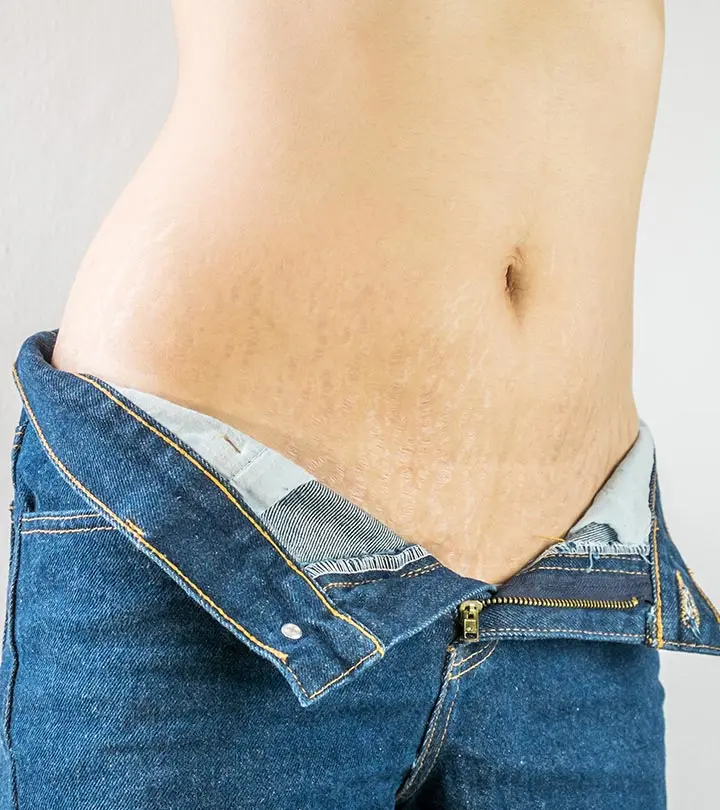
Image: Shutterstock
Stretch marks in teenagers are as common, if not more, as in adults. The huge transformation in teenagers’ bodies after pubertyi The period of life during which a child experiences physical and hormonal changes and becomes capable of sexual reproduction. can leave stretch marks on their thighs, shoulders, stomach, chest, and other areas.
However, these stretch marks are not harmful and can be reduced by using home remedies and medical treatments. They may also fade away on their own after some time. In this article, we explain everything related to stretch marks in teenagers and how to manage them. Continue reading to know more.
In This Article
Is It Normal For Teens To Get Stretch Marks?
Yes, it is absolutely normal for teenagers to develop stretch marks.
About 40% of adolescent males, especially those who actively participate in sports, and 70% of adolescent females develop stretch marks (1).
When teens hit pubertyi The period of life during which a child experiences physical and hormonal changes and becomes capable of sexual reproduction. , there are hormonal changes in the body. During this time, teenagers may experience a sudden growth spurt and may see stretch marks develop on their body parts. Teenagers may usually see stretch marks in these regions:
- Hips
- Buttocks
- Thighs
- Breasts
- Abdomen
- Lower and upper back (including the shoulders)
- Upper arms
- Knees and legs (sometimes)
Let’s look at the symptoms of stretch marks in teenagers so you can identify and treat them at the earliest.
Key Takeaways
- When teenagers hit pubertyi The period of life during which a child experiences physical and hormonal changes and becomes capable of sexual reproduction. , they may start getting stretch marks.
- They may be caused by hormonal changes, genetics, use of topical and oral steroids, and obesity.
- Exercising regularly, staying hydrated, and moisturizing daily can prevent and treat stretch marks.
Symptoms Of Stretch Marks In Teenagers
Common symptoms of stretch marks in teenagers include (2):
- Red Or Purple Lines: Initially, stretch marks often appear as raised red or purple lines on the skin.
- Itching: Stretch marks may cause itching, discomfort, or a burning sensation, especially when they are in the process of developing.
- Skin Indentations: Over time, the color fades, and the marks may become lighter than the surrounding skin. They can create indentations or depressions on the skin’s surface.
- Location: Stretch marks commonly occur on areas prone to expansion, such as the thighs, hips, buttocks, breasts, and abdomen.
- Texture Changes: The affected skin may feel rough or slightly raised to the touch.
If you are wondering how teenagers develop stretch marks, here’s your answer.
How Do Stretch Marks Develop In Teenagers?
Stretch marks, also known as striae, develop when the skin experiences rapid stretching beyond its limit.
This causes damage to the collagen and elastin fibres and leads to the development of scars on the affected areas.
During the teenage years, both boys and girls may experience a growth spurt, which stretches the skin and leaves behind stretch marks. Teenagers may also gain or lose weight rapidly, which may also cause stretch marks. Several other factors may also cause stretch marks in teenagers. These are:
- Taking oral or topical steroid medications (for conditions like Cushing’s syndromei A condition that occurs from too much exposure to cortisol (the body’s main stress hormone) for a prolonged period of time. and a few skin disorders like psoriasisi A chronic autoimmune skin disease that forms itchy, scaly patches and causes dryness and inflammation. , atopic dermatitisi A long-term allergic, inflammatory skin condition that causes itchy, dry, and inflamed skin and is also known as eczema. , etc.)
- Obesity
- Genetic history of stretch marks
- Hormonal changes during puberty can accelerate growth, leading to rapid body changes that can stretch the skin beyond elasticity and cause stretch marks.
Stretch marks are inevitable, and most of the time, there is no way that you can get rid of them. However, if you take enough precautions, you may improve their appearance and make them less noticeable.
How To Prevent And Treat Stretch Marks In Teenagers
If you are looking to fade stretch marks, the first thing you need to do is to take preventive measures. There are ways you can make your skin resilient and prevent intense tearing and severe stretch marks. Here are the things you can do:
Prevention Tips
1. Exercise

Everyone, including teenagers, should exercise regularly. In addition to toning the body, exercising also helps prevent excessive weight gain. This prevents your skin from stretching unnecessarily and inhibits the development stretch marks. In case you develop any, they will not be severe and may become less noticeable with time.
2. Stay Hydrated

Keeping yourself hydrated is crucial. Dry skin does not stretch easily and is more vulnerable to damage. This causes the development of stretch marks. Staying hydrated from within ensures your organs, including the skin, stay healthy and function properly.
3. Moisturize Regularly

Along with staying hydrated from within, your skin needs additional moisturization from outside. Massage your skin with body lotions and creams to prevent skin dryness. Properly moisturized skin is elastic and stretches easily. This might help prevent stretch marks. You can apply a mixture of glycerin and castor oil. This is one of the best and economical moisturizers that can hydrate the skin for longer.
4. Use Sunscreen

We understand that it is not possible to avoid the sun altogether. However, UV exposure can cause skin damage and worsen your stretch marks. Hence, apply sunscreen, especially on the exposed areas, generously before stepping out.
5. Follow A Balanced Diet

Vitamins and nutrients are crucial for maintaining healthy skin and overall health. They also help keep your weight in check. These factors can help prevent unnecessary skin stretching and the marks caused by it.
Consume fresh fruits, vegetables, lean proteins, dairy and poultry products, and whole grains. Avoid processed foods, aerated water, sodas, and sugary drinks and snacks.
6. Use OTC Products
You may use anti-stretch marks OTC products for fading the marks. However, make sure to use them religiously and regularly.
If your stretch marks are severe and not fading with preventive measures and regular moisturizing, consult a dermatologist for proper evaluation and treatment. Usually, the dermatologist may prescribe the following options for treating stretch marks.
Medical Treatment Options
While stretch marks can be annoying and difficult to deal with, the good part is there are certain procedures that may help reduce their appearance or make them disappear altogether. Listed below are the medical treatments to show you how to get rid of stretch marks.
- Laser Therapy: This works by removing the top layer of your skin and inducing the regeneration of proteins using lasers.
- Microdermabrasion: This is a process where the top layer of the skin is exfoliated using a handheld device.
- Microneedling: This process also uses a handheld device with micro-needles, which are used to prick the skin and promote collagen development.
- Tretinoin And Other Topical Products: These are doctor-prescribed medicines and may help in fading stretch marks.
Crystal Chavis, a YouTuber, shared her experience about undergoing stretch mark removal treatment twice expecting she would get more permanent results. She said, “The one improvement that I did have is texture. Before, with my stretch marks, it wasn’t anything super deep or something you could feel a lot but you could definitely feel when you’re running your hand over the area where the stretch marks start and end, whereas now, it all is just kind of like a flat surface, it’s all flush so you can’t feel the stretch marks anymore (i).”
However, doctors often do not recommend these or any other sort of cosmetic treatments for adolescents. This is because adolescents have not grown up completely. The stretch marks they develop during adolescence may fade over time.
Illustration: Stretch Marks In Teenagers – How They Develop And How To Treat Them

Image: Stable Diffusion/StyleCraze Design Team
Infographic: 6 Effective Ways To Prevent Stretch Marks
Stretch marks are skin lesions that frequently develop during pregnancy, adolescence, or periods of fast weight gain or loss. The collagen and elastin fibers in the skin break when the skin stretches and contracts rapidly, leaving these marks behind. While stretch marks are harmless, some people may feel self-conscious about them or experience a drop in their self-esteem. However, you can easily prevent them by making a few changes to your lifestyle. Check out the infographic to learn more. Illustration: StyleCraze Design Team
Stretch marks in teenagers are as common as they are in adults because the body changes as per changing phases of life. Stretch marks develop in teenagers when they experience a sudden growth spurt and their skin stretches too much. This results in the damage of collagen and elastin fibers and the development of stretch marks. Other factors such as weight gain, genetics, and medications play a role in creating stretch marks. One can opt for medical treatments such as laser therapy or microdermabrasion to reduce the appearance of stretch marks. Staying hydrated, eating a balanced diet, and exercising and moisturizing regularly may prevent teenagers from getting stretch marks.
Frequently Asked Questions
Can laser treatment be used to remove stretch marks in teenagers?
Dr. Bart Kachniarz, a Plastic and Reconstructive Surgeon, says, “While laser treatments can improve stretch mark appearance, they usually aren’t recommended for teenagers. Teenagers are still growing, so new stretch marks may appear despite treatment. Additionally, their skin is more sensitive, increasing potential side effects. Topical retinoid creams and microneedling are safer and often effective in fading early stretch marks in teenagers.”
Can stress cause stretch marks in teenagers?
Kanchniarz says, “Stress can exacerbate rapid growth or weight fluctuations, which are prominent causes of stretch marks in teenagers.”
Can losing or gaining weight cause stretch marks in teenagers?
“Both rapid weight gain and loss can stretch the skin beyond its capacity, leading to stretch marks. This is common during puberty due to hormonal changes,” says Kanchniarz.
Can Vaseline remove stretch marks?
No, there is currently no evidence to suggest that Vaseline may help in removing stretch marks.
Can vitamin E remove stretch marks?
No, research does not indicate that vitamin E may help improve the appearance of stretch marks.
Can aloe vera remove stretch marks?
Yes, a combination of aloe vera and sweet almond oil may reduce the itching and swelling associated with stretch marks (3).
Are purple stretch marks normal?
Yes, purple stretch marks are quite common. When the skin is stretched beyond its capacity, the fibers break and purple stretch marks develop.
How long do teen stretch marks take to fade?
Teen stretch marks may take between 6 to 12 months to improve in appearance. However, stretch marks do not go away completely.
Learn simple ways to get rid of stretch marks. Get tips from the video below on how to reduce the appearance of stretch marks and achieve smoother skin.
Personal Experience: Source
StyleCraze's articles are interwoven with authentic personal narratives that provide depth and resonance to our content. Below are the sources of the personal accounts referenced in this article.
i. STRETCH MARK REMOVAL TREATMENT: MY RESULTS.https://www.youtube.com/watch?v=VVDG39WR6eM
References
Articles on StyleCraze are backed by verified information from peer-reviewed and academic research papers, reputed organizations, research institutions, and medical associations to ensure accuracy and relevance. Read our editorial policy to learn more.
- Karia, Umesh Karsandas, Bela Bhemabhai Padhiar, and Bela Jaswantbhai Shah. “Evaluation of various therapeutic measures in Striae Rubra.” Journal of cutaneous and aesthetic surgery 9.2 (2016): 101.
https://www.ncbi.nlm.nih.gov/pmc/articles/PMC4924406/ - Striae distensae in adolescents: a mini review
https://www.ncbi.nlm.nih.gov/pmc/articles/PMC7569590/ - The effect of Aloe vera gel and sweet almond oil on striae gravidarum in nulliparous women
https://www.researchgate.net/publication/317033808_The_effect_of_Aloe_vera_gel_and_sweet_almond_oil_on_striae_gravidarum_in_nulliparous_women
Read full bio of Dr. M. Khawar Nazir
- Dr. Bart Kachniarz, MD, is a plastic surgeon trained at Harvard and Johns Hopkins, with seven years of experience. He works at Sky Ridge Medical Center and UCHealth Highlands Ranch Hospital. He earned his bachelor's degree in Biological Sciences from Columbia University in New York City and then attended Harvard Medical School.
 Dr. Bart Kachniarz, MD, is a plastic surgeon trained at Harvard and Johns Hopkins, with seven years of experience. He works at Sky Ridge Medical Center and UCHealth Highlands Ranch Hospital. He earned his bachelor's degree in Biological Sciences from Columbia University in New York City and then attended Harvard Medical School.
Dr. Bart Kachniarz, MD, is a plastic surgeon trained at Harvard and Johns Hopkins, with seven years of experience. He works at Sky Ridge Medical Center and UCHealth Highlands Ranch Hospital. He earned his bachelor's degree in Biological Sciences from Columbia University in New York City and then attended Harvard Medical School.
Read full bio of Ramona Sinha
Read full bio of Anjali Sayee
Read full bio of Shiboli Chakraborti









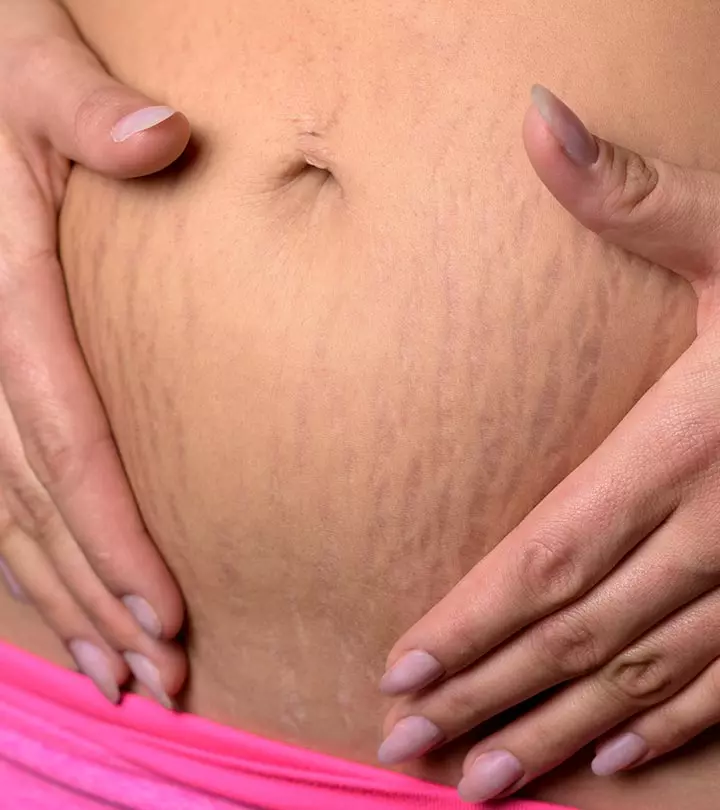
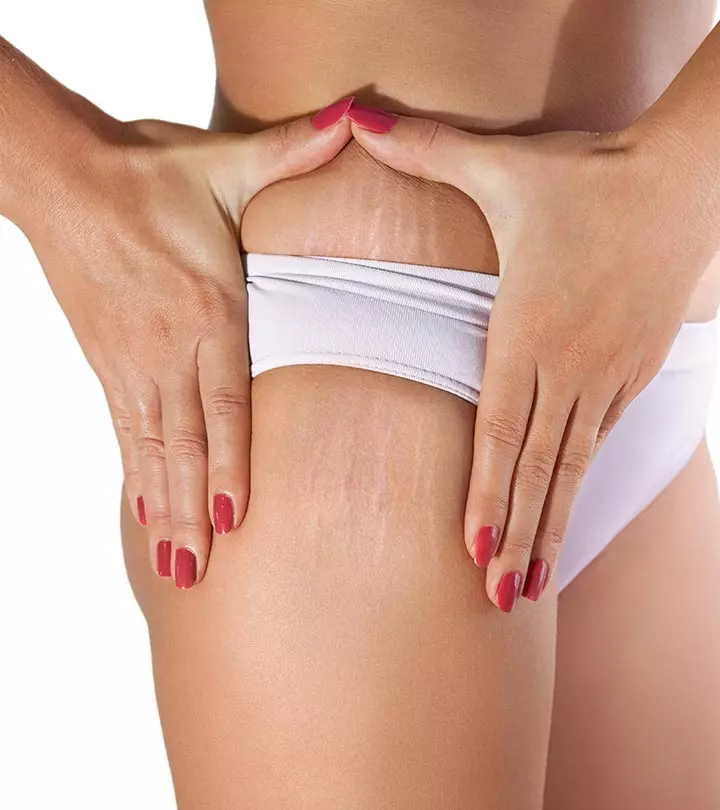
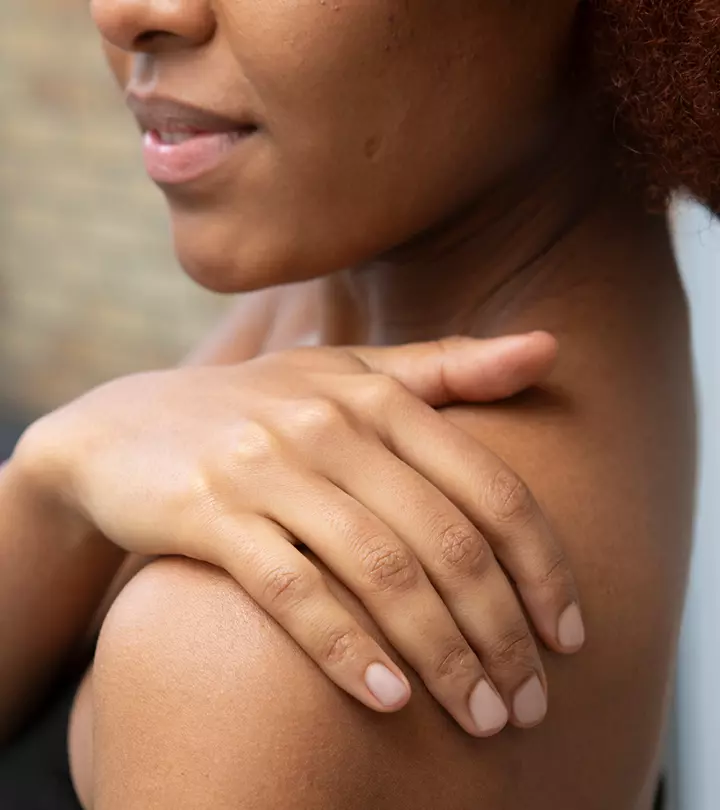

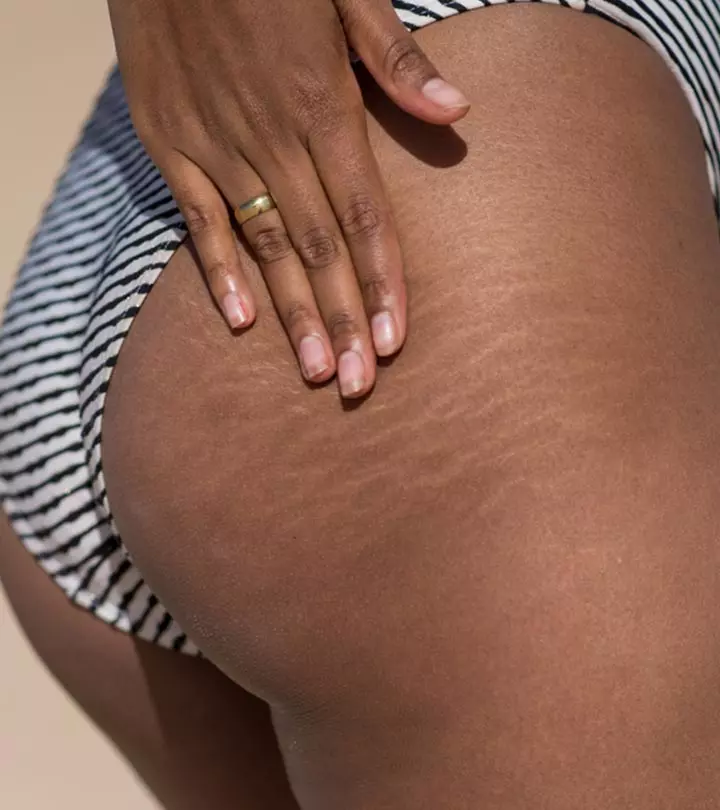




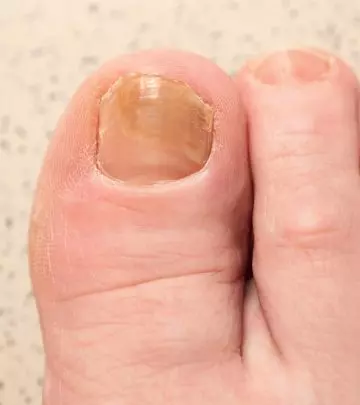






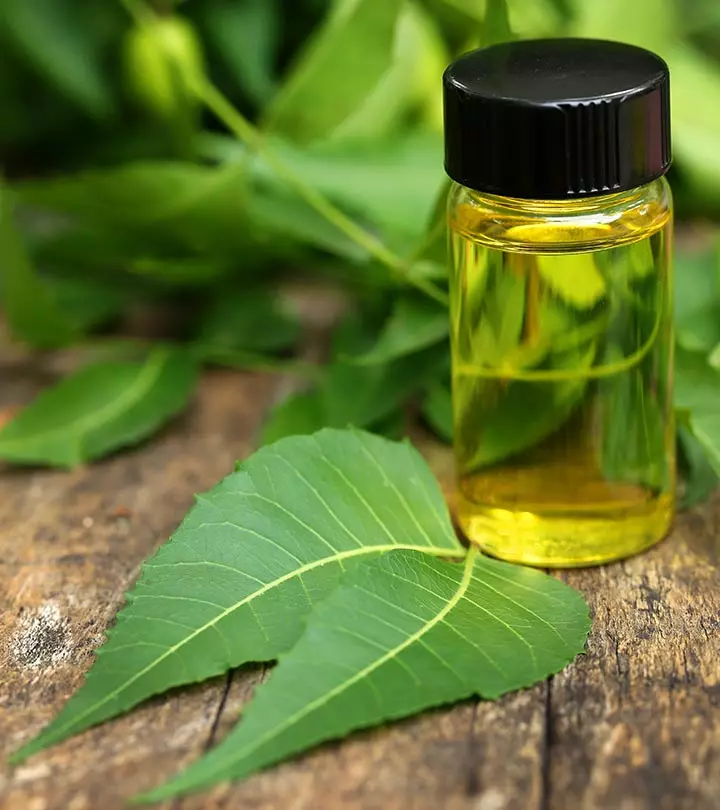
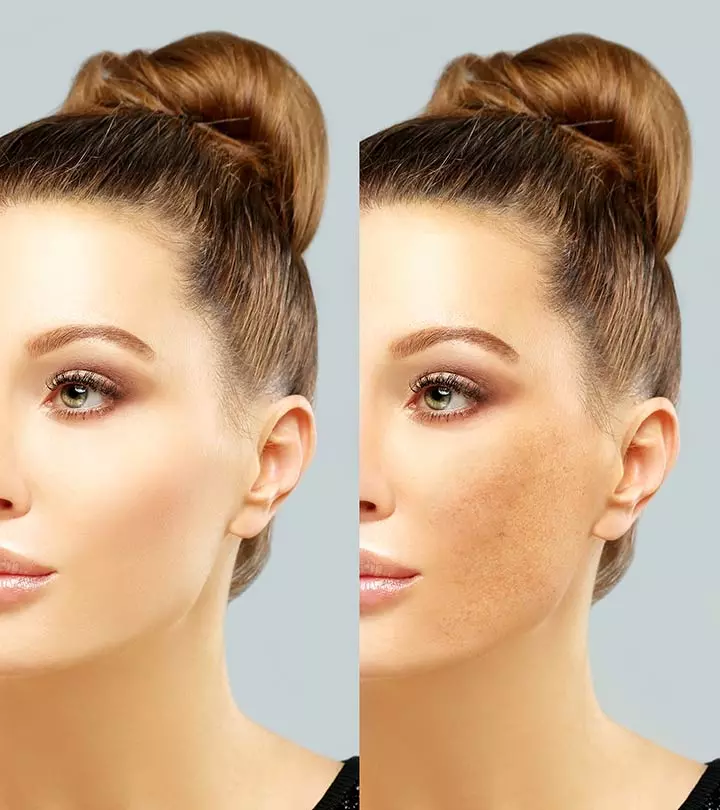

Community Experiences
Join the conversation and become a part of our empowering community! Share your stories, experiences, and insights to connect with other beauty, lifestyle, and health enthusiasts.